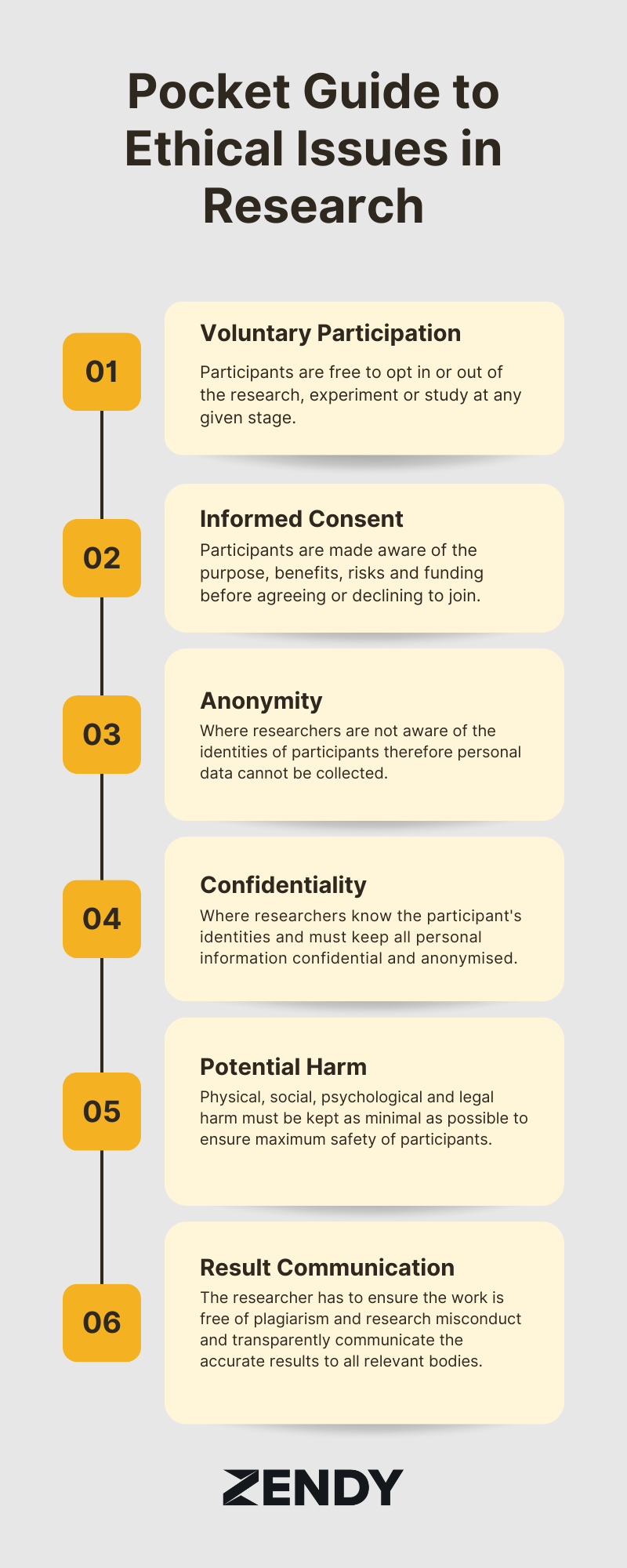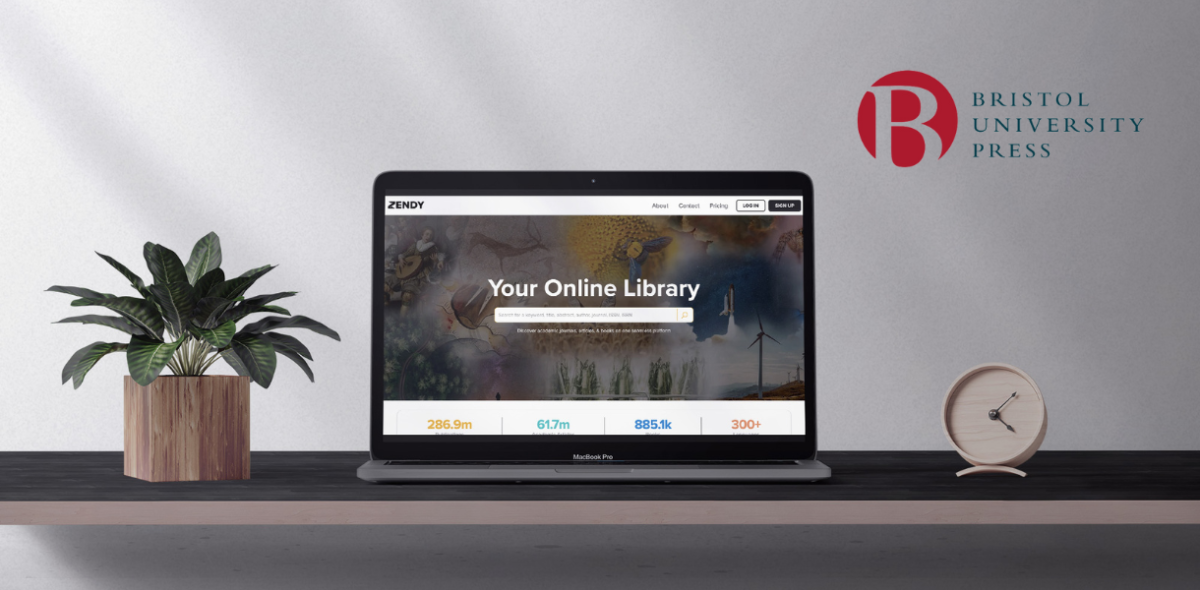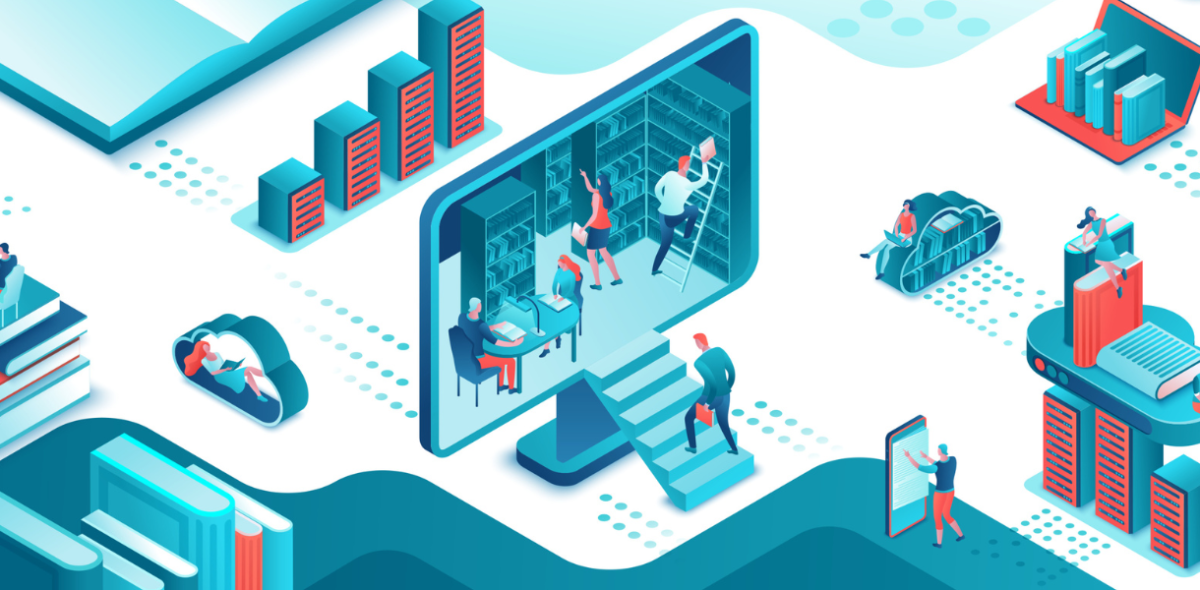In the current digital age, academic writing has undoubtedly been transformed from what it once was. The internet has brought a new era of convenience and efficiency for students and scholars alike. Academic writing is a writing style that demands a clear tone and formal language, finding the balance between the two can be challenging. As a result, online academic writing tools have emerged, offering resources and assistance to streamline the writing and citation processes. In this blog, we explore online tools that can help you conquer academic writing challenges, boost your productivity, and elevate the quality of your scholarly work.
Writing Tools
The chosen writing platform can impact the quality of an academic essay, however, this is dependent on personal preferences. A well-known universally adopted writing platform is Microsoft Word, which is very versatile and caters to a variety of writing projects. Platforms specifically geared towards academic writing usually host citation managers and other formatting specialities. Listed below are a few writing platforms that Zendy recommends.
| Platform | Benefits |
| Microsoft Word | A versatile tool that is user-friendly, provides formatting options, collaboration and sharing tools, citation features, templates, spell and grammar check, and auto-save. |
| LaTeX | Most used by academics as the platform is designed to smoothly manage heavy files including data in the form of text, visuals and equations. Provides writers with professional typesetting tools to easily meet institutional or journal requirements easily. |
| LibreOffice | LibreOffice Writer provides an array of writing tools ranging from advanced formatting options to spell-checking, in terms of academic writing, this can be a good platform to conduct final touches on an academic paper. |
| Scrivener | For academic writers, Scrivener is best used as a note-making tool as it efficiently stores and organizes all the notes, sources and citations. |
| Google Docs | Google Docs works best for researchers who are collaborating on an academic paper, it conveniently tracks everybody’s contributions ensuring equal participation and smooth workflow. |
| Dropbox Paper | Dropbox paper can be considered a slightly advanced version of Google Docs as the platform is designed to assign tasks, organize documents and create to-do lists to ensure researchers collaborate efficiently. |
Citation Management Tools
In academic writing, referencing and citations are arguably the most time-consuming tasks. Online citation tools are designed to generate accurate citations and curate specifically formatted referencing lists to ensure productivity in research. Citation managers generate both in-text citations and list versions to ensure the source is being used correctly to avoid plagiarism, furthermore, some citation tools also evaluate sources and rule out or alert the writer about the non-academic ones. Listed below are a few citation management tools that Zendy recommends.
| Platform | Benefits |
| Zotero | Zotero is an efficient citation management tool that generates citations by dragging the link of the source to a dropbox. A unique feature is that Zotero also allows academic writers to annotate PDFs on the app to highlight key concepts within a research paper. |
| Mendeley | generates citations and bibliographies of multiple mediums and allows users to collaborate with other researchers online. |
| EndNote | EndNote is a great way to organise citations by research paper. It hosts interesting features such as PDF annotation and allows users to generate citations from over 7000 referencing styles. This platform also allows researchers to share reference lists with other authorised collaborators. |
| Paperpile | Paperpile allows users to access their libraries across multiple devices and also functions as a plug-in to collaborate on Google Docs. It also secures bibliographies as it is a cloud-based reference manager. |
| RefWorks | RefWorks allows users to simply share citations and documents with other collaborators and efficiently manages multiple formats, including webpages. |
Grammar and Spell-Check Tools
In academic writing, it is important to ensure there are no spelling or grammatical errors and that all sentences are structured in a formal and objective manner. The core of academic writing is to clearly and accurately convey information and findings, any grammatical or spelling errors have the potential to misinform readers. Listed below are a few grammar and spell-check tools that Zendy recommends.
| Platform | Benefits |
| Grammarly | Grammarly is a universal plug-in that enhances clarity and readability while also highlighting errors. This platform can be optimized to cater to any writing platform and tone. Allowing researchers to work on different projects error-free |
| ProWritingAid | This tool assesses an array of writing mistakes like sentences that interrupt the flow, word choices, consistency of tense usage, and readability. |
| MS Word Spelling and Grammar Checker | Efficient for writers who primarily utilise MS Word, as it is an efficient tool that saves time in the proofreading stage. |
Plagiarism Detecting Tools
To be a credible academic, your record must be free of plagiarism as it can quickly taint your career and reputation. Plagiarism detectors ensure that all the content in a research paper is original and cited correctly, some detectors also evaluate how credible a source is and if it can be utilised in an academic paper and then highlight the problem areas. Regularly using plagiarism detectors helps researchers adhere to ethical guidelines to disseminate credible academic research. Listed below are two plagiarism detectors that Zendy recommends.
| Platform | Benefits |
| Turnitin | This platform educates students on identifying and crediting other authors’ works, using appropriate referencing techniques, and detecting plagiarised parts for students to efficiently paraphrase. |
| Copyscape | Copyscape helps identify plagiarism and the exact source from where content has been plagiarised, this helps students understand the context of the information while correcting the plagiarism. |
In the fast-paced world of academia, where the pursuit of excellence is paramount, these online tools have proven to be indispensable for students and scholars alike. From harnessing the power of plagiarism detection to ensuring impeccable grammar and streamlining the tedious task of citation management, these digital aids have transformed our approach to academic writing. As we conclude our exploration of these tools, it’s worth noting that while they provide invaluable assistance, they are no substitute for the core skills of critical thinking, research, and writing. Instead, they serve as enablers, freeing up time and mental bandwidth, and allowing us to focus on the true essence of scholarship: the pursuit of knowledge and the articulation of innovative ideas.
Use Zendy to conduct your research through quality scholarly papers and easily consume the content with our AI-based summarisation and keyphrase highlighting features.














